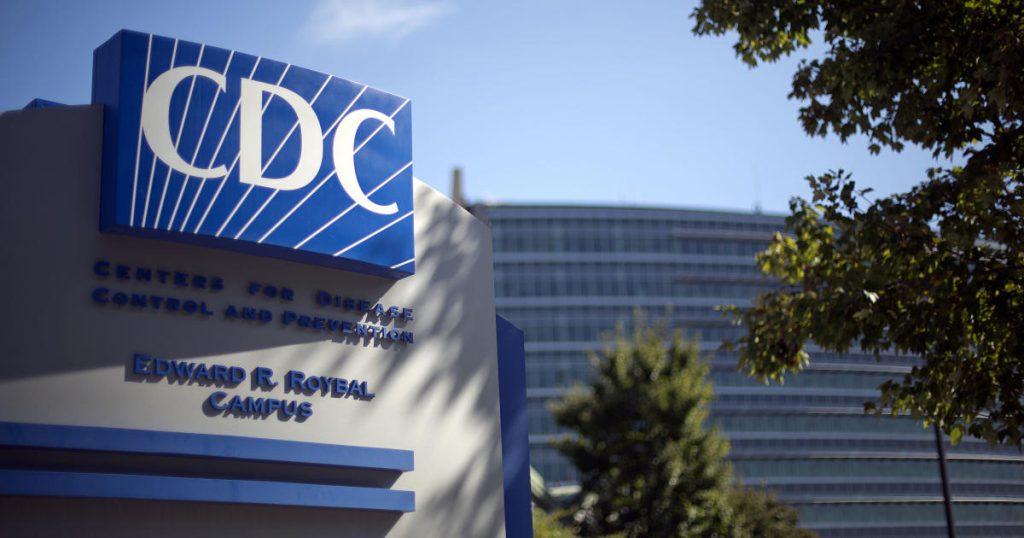The Centers for Disease Control and Prevention reported that there have been at least 125 cases of measles across 17 states so far this year, surpassing the total number of cases reported in 2022 of 121. The most recent peak of measles infections occurred in 2022, primarily as a result of outbreaks linked to unvaccinated Afghan refugees. The state with the highest number of measles cases this year is Illinois, where a large outbreak at a Chicago migrant shelter has slowed significantly following a major vaccination push.
Massimo Pacilli, a deputy commissioner for the Chicago Department of Public Health, noted that the CDC has reported higher rates of fully vaccinated individuals contracting measles during the outbreak, which he attributed to the intense spread of the virus within the densely packed shelter. While cases within the shelter have decreased, the city issued a warning to doctors about a growing number of measles cases in the region with no connection to the shelter. The city recommended that eligible young children receive an “accelerated” second dose of the measles vaccine to help prevent further spread of the virus.
The ongoing importations of the measles virus through unvaccinated international travelers pose a renewed threat to the U.S., which officially eliminated local spread of the virus in 2000. In 2019, officials expressed concern that the U.S. could lose its elimination status after experiencing monthslong outbreaks of the virus in unvaccinated communities in New York. While the CDC does not expect this year to surpass 2019’s record case totals, there is a growing risk of outbreaks as the number of cases continues to rise.
On April 4, the CDC’s disease forecasters estimated that the U.S. would likely reach 300 measles cases this year, which is higher than in recent years. While the overall risk of a measles outbreak in the general population is considered low, the increasing number of cases globally raises the possibility of importations into the U.S. and subsequent outbreaks, particularly in communities with low vaccination rates. The agency emphasized the importance of maintaining high vaccination rates to prevent the spread of measles and other infectious diseases.
Measles cases have been increasing globally, leading to a higher risk of the virus being imported into the U.S. and causing outbreaks. Despite efforts to control the spread of the virus through vaccination campaigns, cases continue to rise in the U.S., particularly in areas with low vaccination rates. Health officials are closely monitoring the situation and working to prevent further outbreaks by recommending vaccinations and providing information to doctors and the public about the importance of vaccination in protecting against measles and other infectious diseases.


